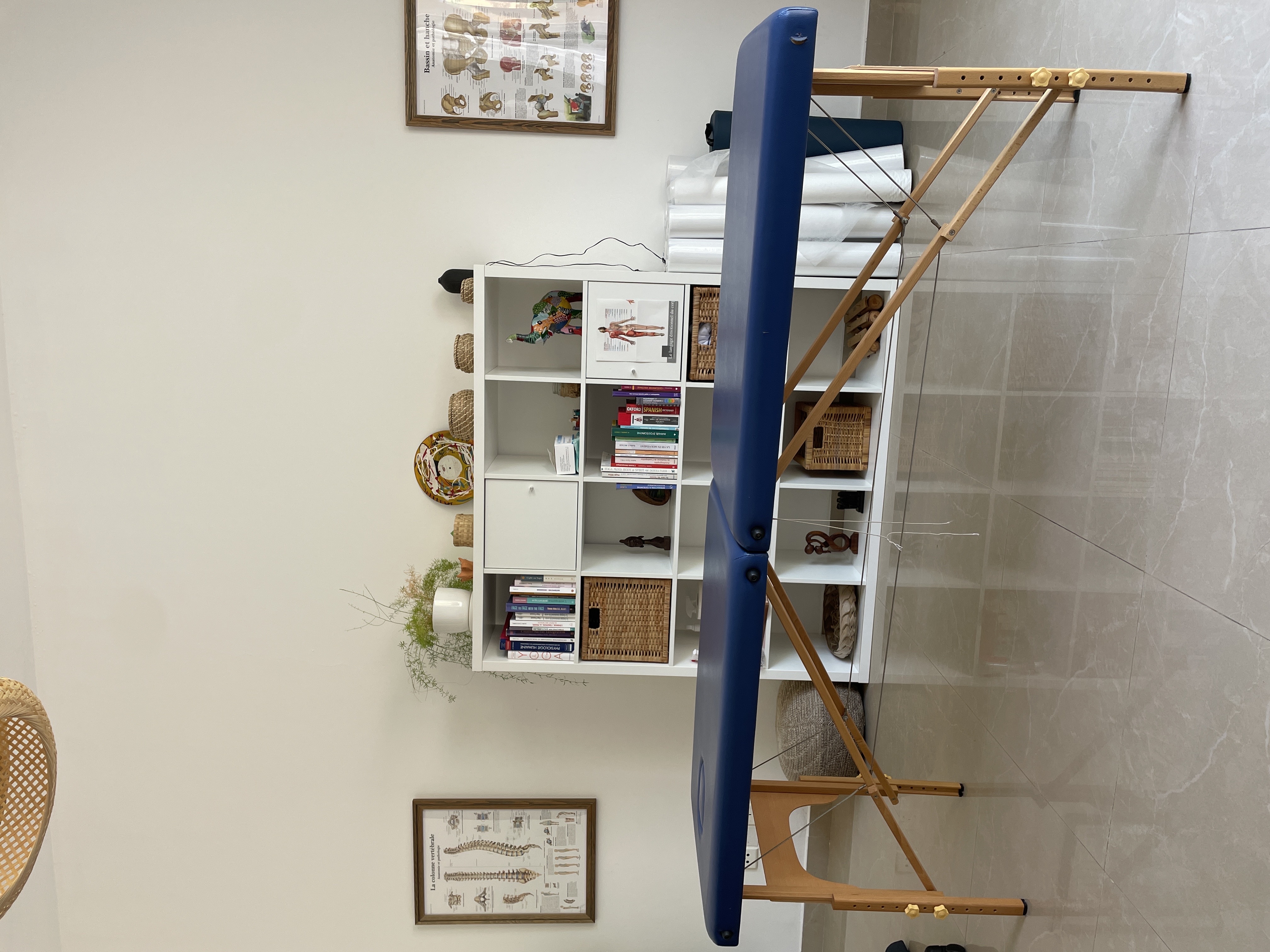How Craniosacral Therapy Supports the Body’s Healing
- Sylvia Labat
- Oct 5
- 1 min read
Craniosacral Therapy (CST) originates from osteopathy, applied in the most gentle form with a very light touch, focused on traumatic memories, chronic pain held in the body, and nervous system regulation. Practitioners are trained in precise anatomy, physiology, and nervous system function, and they develop the ability to “read” the body’s structures, including fascia, muscles, bones, organs, nerves, fluidic system & energetic system to detect tension, restrictions, or imbalances affecting overall function.
When we experience physical trauma, emotional stress, or repetitive strain, the body can hold onto these events long after they occur. The nervous system, designed to protect us, may remain in a heightened state of alert, the “fight, flight, or freeze” response — creating dysregulation and physical tension.
Over time, these tensions can contribute to chronic pain, muscular tightness (including back, jaw, thoracic, throat, solar plexus), headaches, fatigue, emotional imbalance, depression, anxiety, and dysregulation of the digestive or pelvic systems, as the body struggles to return to equilibrium.
CST works on the whole body, using gentle, precise touch to release restrictions, support proper alignment, and restore healthy function. By carefully observing and sensing the body’s structures, the practitioner guides structures to soften and reorganize, allowing the nervous system to shift from survival mode to self-regulation.
In this state, pain often eases, circulation improves, and physiological balance is restored. The body can integrate past experiences, recalibrate its nervous system, and access its innate healing intelligence.
Patients commonly experience deep relaxation, relief from tension and pain, emotional release, and a renewed sense of alignment and well-being.





Comments